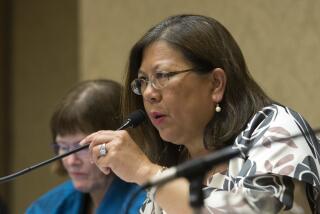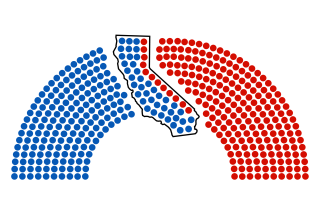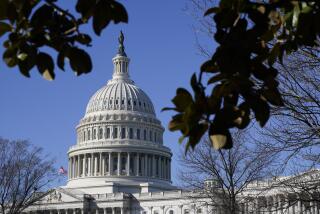Once an afterthought, the Inland Empire becomes a pivotal battleground in California governor’s race
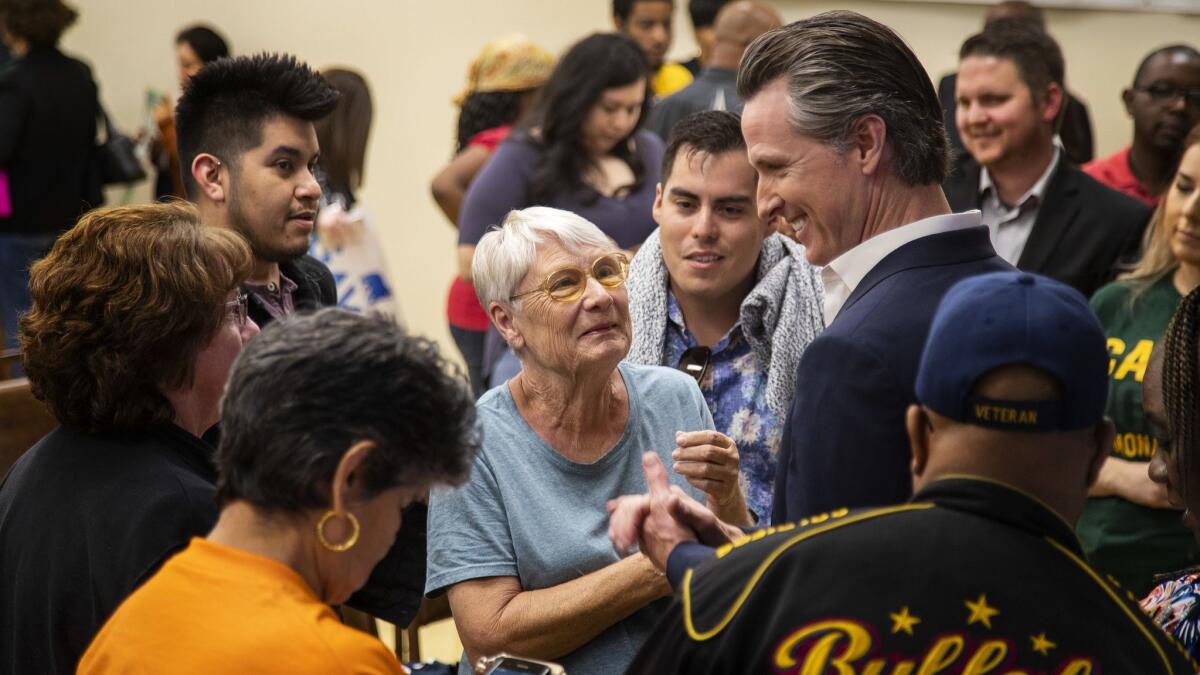
Seen by statewide politicians for years as a desert satellite in the outer orbit of Los Angeles, the Inland Empire has become one of the most contested electoral prizes sought by the leading candidates running for California governor.
Democratic candidate Antonio Villaraigosa hopscotched across Riverside and San Bernardino counties on a months-long listening tour before he even jumped into the race. Over Memorial Day weekend, Lt. Gov. Gavin Newsom dropped by a union hall in Bloomington, state Treasurer John Chiang hosted a burger cookout near UC Riverside, and Huntington Beach Assemblyman Travis Allen hobnobbed with high desert conservatives at a Victorville Holiday Inn.
For the record:
4:30 p.m. June 3, 2018A previous version of this article misspelled the first name of Republican gubernatorial candidate Neel Kashkari as Neal.
Riverside and San Bernardino counties are now pivotal swing districts in California’s 2018 race for governor, with a closely divided and largely working class electorate that, for candidates, is highly coveted and maddeningly unpredictable.
Democrat Hillary Clinton carried both counties in the 2016 presidential election, but Gov. Jerry Brown lost both to little-known Republican Neel Kashkari in 2014 and GOP candidate Meg Whitman in 2010.
“The Inland Empire has always been a swing area,” former Riverside County Dist. Atty. Rod Pacheco said. “It’s always been centrist. Sometimes Democrats win, sometimes Republicans. It’s never been hard left. It’s never been hard right, even though every once in a while someone like that gets elected.”
Pacheco, a Republican who served as GOP Assembly leader in the late 1990s, points to himself as exhibit No. 1. He’s voting for Chiang, a Democrat.
“He’s honest,” Pacheco said shortly before he spoke at a rally for Chiang in Riverside on Saturday. “I’ve spent time in politics and the number of people who you can rely on who are honest, it’s a small percentage.”
Pacheco dismissed the two Republicans in the running, Allen and wealthy Rancho Santa Fe businessman John Cox. Neither possesses the chops to run the largest state in the union and, in left-leaning California, neither has a prayer of winning in November, he said.
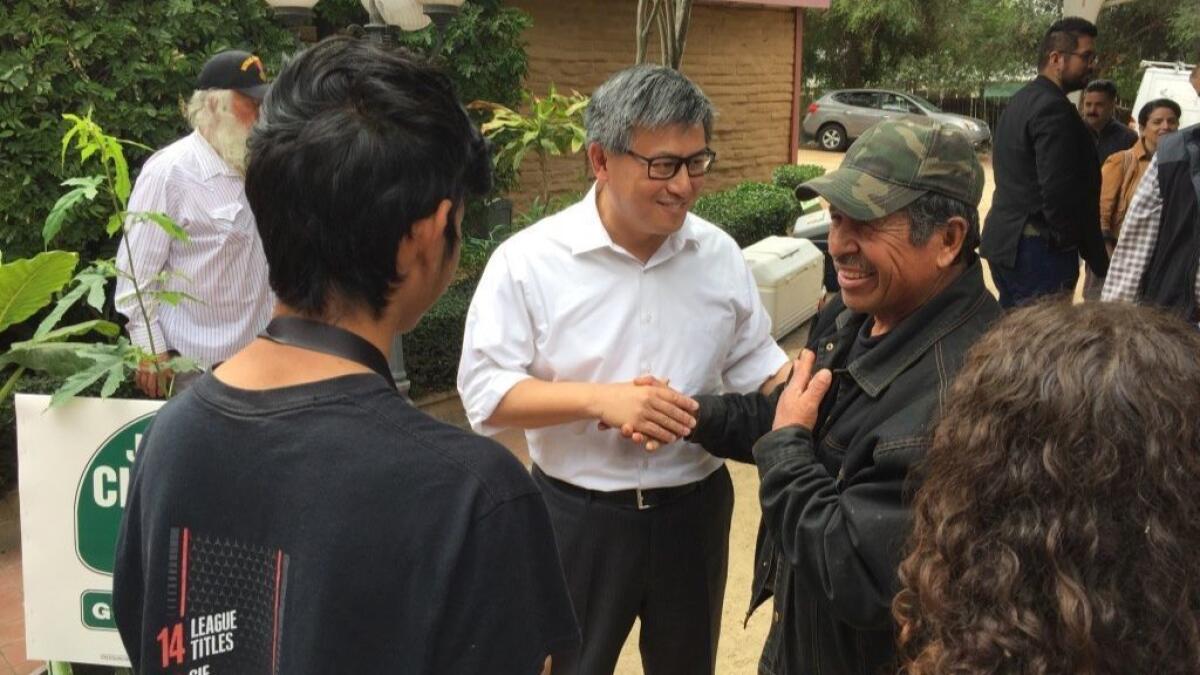
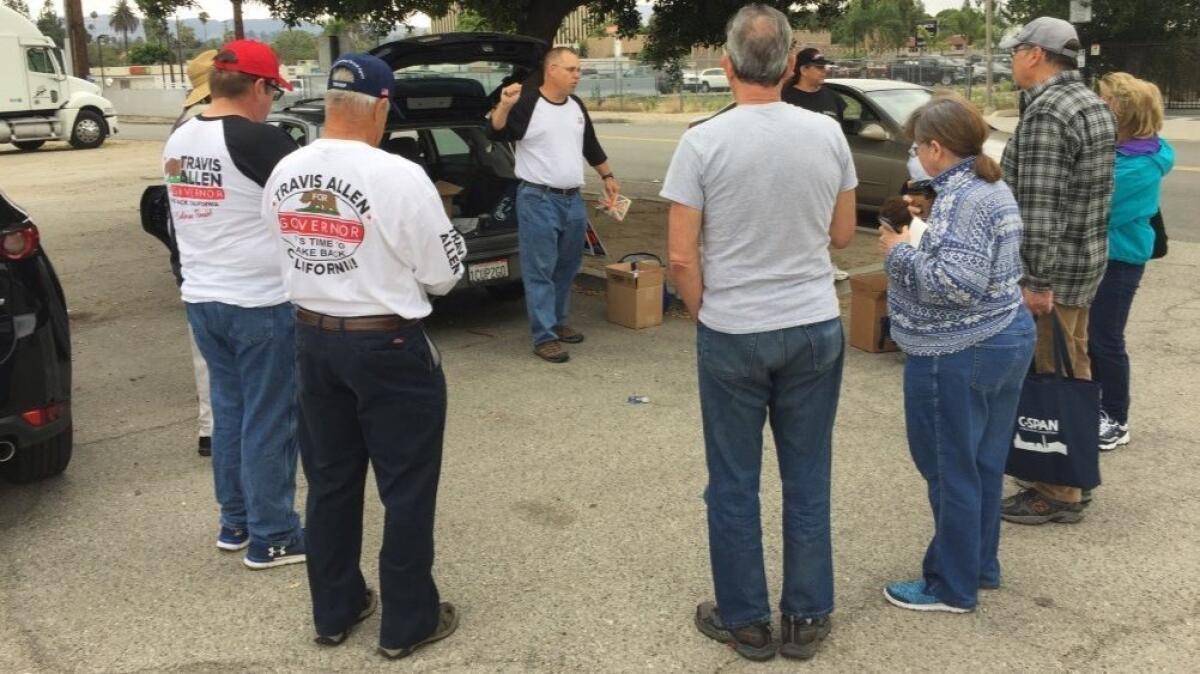
Recent polls show Villaraigosa, the former two-term mayor of Los Angeles, locked in a race for second place with Cox. Newsom, a Democrat, is the clear front-runner.
Cox’s campaign just received a shot of adrenaline with an endorsement from President Trump, which could swing enough Republicans to push him into a top-two finish. Only the two candidates who receive the most votes in the June 5 primary will advance to the election, regardless of party affiliation.
In the Inland Empire, home to 4.2 million residents and nearly 2 million voters, Cox and Newsom are neck-and-neck with Villaraigosa trailing a few points behind, according to a Public Policy Institute of California poll released in late May.
“In order for Villaraigosa to come out on top he needs to have significant turnout in the Inland Empire,” UC Riverside political scientist Karthick Ramakrishnan said. “I think Trump is nationalizing this election in ways that might raise more interest … and all signs point to the Democrats having more enthusiasm.”
The Inland Empire is home to significant pools of Latino and working-class voters, the primary base of Villaraigosa’s support, Ramakrishnan said.
Villaraigosa scrambles to make it past Tuesday’s primary in race for California governor >>
He cautioned, however, that voter turnout in Riverside and San Bernardino counties falls below the state average in non-presidential primaries, which could undercut Villaraigosa’s prospects. In the 2014 primary, voter turnout was 18% statewide, and just 14% in Riverside County and 13% in San Bernardino County.
“If the Inland Empire votes in high numbers, Antonio Villaraigosa is going to do very well in this race,” Villaraigosa campaign strategist Eric Jaye said. “We have understood that from Day One. That’s why he spent a lot of time in the Inland Empire.”
From the outset, the main theme of Villaraigosa’s campaign has focused on bringing desirable jobs and prosperity to regions such as the Inland Empire and Central Valley, which have largely been shut out of the booming economic recovery seen in California’s affluent coastal areas.
While holding a town hall at a United Food and Commercial Workers International Union hall in Bloomington on Friday evening, Newsom touched on increasing economic opportunities, but focused more on the need for a holistic transformation of healthcare in California. He said that addressing disparities in medical and mental healthcare will help alleviate the state’s poverty, drug addiction and homelessness crises.
The Cox campaign has taken another route.
As the primary nears, Cox has sharpened his campaign message around issues riling up conservatives statewide: the recently approved gas-tax increase and the so-called sanctuary state policy passed by California’s Democrat-controlled Legislature and signed by Brown, a Democrat. Cox has joined with the campaign pushing for a statewide ballot measure to repeal the levy.
“The one issue that I think is the most unifying in our region is the gas tax. It’s something that transcends party lines,” said GOP political consultant Cameron Wessel of Rancho Cucamonga, who is not affiliated with any of the campaigns for governor. “A lot of the voters out here are commuters, driving 60 miles-plus a day to work. It’s just something people hate out here. Voters are looking for the candidates that oppose the gas tax. It may not be on the ballot yet, but it’s certainly on the forefront of people’s minds.”
Cox political consultant Tim Rosales said the campaign is hitting television and radio airwaves to deliver that message across the state — and doing everything it can to promote Trump’s endorsement. Trump has helped by sending out tweets urging Californians to vote for Cox, saying he gives the state “a rare opportunity to turn things around and solve its high crime, high tax, problems - along with so many others.”
The president’s full-throated support of Cox, who acknowledges that he did not vote for Trump in the 2016 presidential election, prompted some criticism Saturday in Redlands.
Members of the Redlands tea party group, most wearing “Travis Allen for governor” T-shirts, were huddled in a citrus packing house parking lot to pick up stacks of pamphlets and a list of neighborhoods to canvass. They were trying to rally support for Allen and other candidates endorsed by the Inland Empire Tea Party group.
“I think he was probably misinformed,” event organizer John Berry said of the president. “Everyone knows that Cox was a ‘Never Trumper.’ I was disappointed, but I can see the political calculation.”
Having a Republican at the top of the ticket in November — as opposed to two Democrats — could drive GOP voter turnout and help House Republicans in tight races that are key to the party holding on to control of Congress. That includes the congressional seat held by Rep. Ed Royce (R-Fullerton), a district that includes a slice of southwestern San Bernardino County. Six Democrats are running to replace Royce.
Before 2012, voters in Riverside and San Bernardino counties had sent just two Democrats to Washington in four decades. Now, five Democrats represent at least a portion of the Inland Empire.
Sixteen years ago, Republican voters outnumbered Democrats. But Democrats now claim a voter registration edge over the GOP in both counties: by 3% in Riverside County and 9% in in San Bernardino County.
Still, pockets of the Inland Empire remain deeply conservative. Trump may have lost the area to Clinton in the 2016 election, but he trounced her in cities including Temecula, Murrieta, Apple Valley and Yucaipa.
Janice Hauser, 70, one of the Redlands tea party members who canvassed precincts on Saturday, said most people in the Inland Empire are hospitable to all political persuasions.
She said that wasn’t the case in Temple City in the San Gabriel Valley, where she lived before retiring to Highland. Hauser, a gerontologist, said she feared losing her job if she expressed her political beliefs at the senior centers where she worked in Los Angeles County.
“Out here, you can have a Trump bumper sticker on your car without getting keyed,” she said.
Coverage of California politics »
Twitter: @philwillon
Updates on California politics
More to Read
Get the L.A. Times Politics newsletter
Deeply reported insights into legislation, politics and policy from Sacramento, Washington and beyond. In your inbox three times per week.
You may occasionally receive promotional content from the Los Angeles Times.
